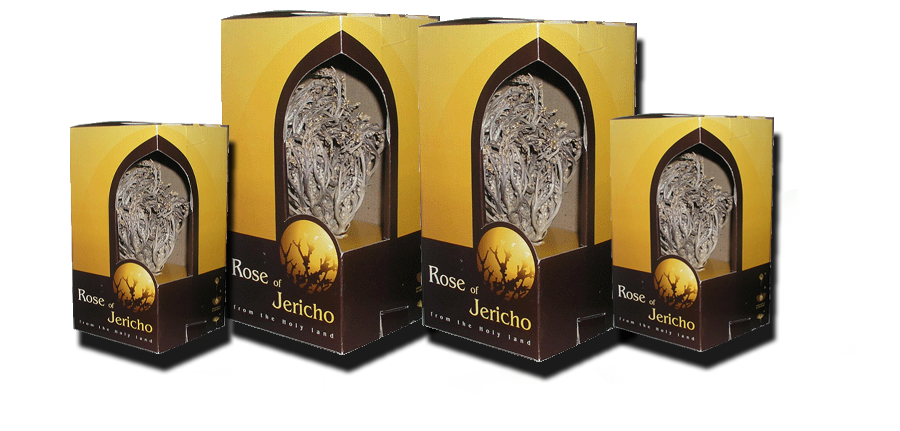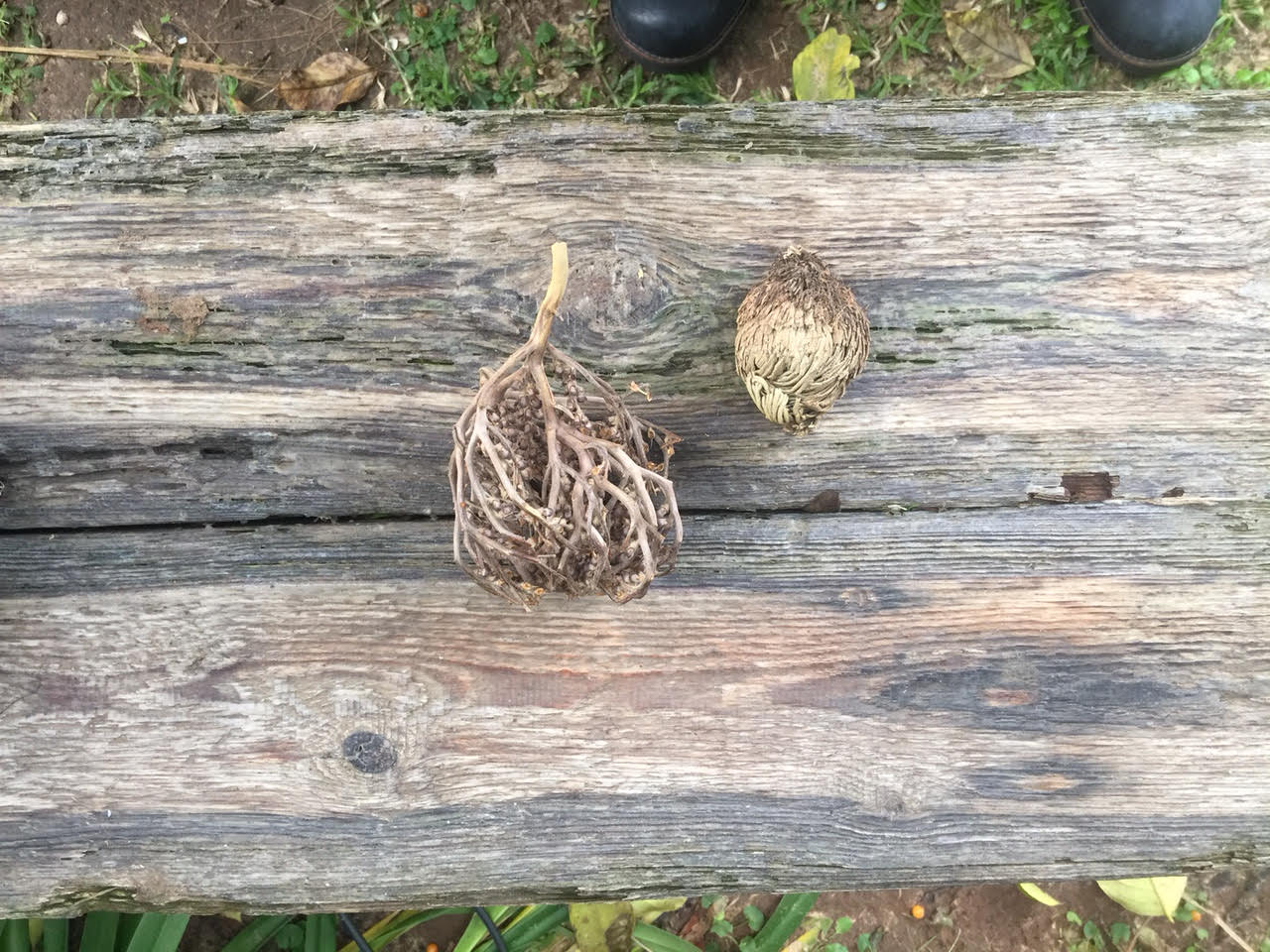Real Rose of Jericho, Rose of jericho
Rose of Jericho in Judaism, Christianity, and Islam
In Christianity, the Jericho Rose is believed to have significant spiritual symbolism. It is said to represent resurrection and new beginnings, as it is a plant that can come back to life after appearing to be dead. There are two references to the Rose of Jericho in the New Testament. The first is in the Gospel of Luke, where Jesus tells the parable of the Good Samaritan:
“A man was going down from Jerusalem to Jericho, when he was attacked by robbers. They stripped him of his clothes, beat him and left him half dead. By chance, a priest came out on the same road, and when he was half way down. He saw the man, he went through the other way. So did Levi, when he came to the place And seeing him, he passed the other way. But a Samaritan, on his way, came to the place where the man was. When he saw him, he took pity on him. He went to him and dressed his wounds, poured oil and wine. Then he put the man on his donkey, brought him to an inn and took care of him. The next day. He took out two dinars and gave them to the innkeeper. ‘Take care of him,’ he said, ‘and when I return, I will repay you any additional expenses you may have.’ Which of these three do you think was a neighbor to the man who fell into the hands of robbers?” The expert replied to the sentence “Whoever took pity on him”. Jesus said to him: “Go and do as he did.” (Luke 10:30-37)
In this parable, the road to Jericho is mentioned as the road taken by the man who was attacked by robbers. This is significant because the Jericho Road was known to be treacherous and dangerous, which makes the actions of the Good Samaritan all the more praiseworthy.
The second reference to the Rose of Jericho in the New Testament is in the Gospel of Mark. In chapter 8, Jesus heals a blind man in the town of Beit Seida:
“They came to the house of Seida, and some people brought a blind man and begged Jesus to touch him. He took the blind man by the hand and led him out of the village. When he spat on the man’s eyes and laid his hands on him. Jesus asked: “Do you see anything?” He raised the He looked and said: “I see people; They look like trees turning around.” Again Jesus put his hands on the man’s eyes. Then his eyes were opened, his sight returned, and he saw everything clearly. Jesus sent him home, saying: “Do not even enter the village.” (Mark 8:22- 26)
There are scholars who believe that the mention of the trees in this passage is actually a reference to the Jericho Rose. This interpretation is based on the fact that the Rose of Jericho is often described as a tree and not as a flower, and that the location of the healing (Bathsayida) is near the area where the Rose of Jericho is known to grow.
In the Islamic tradition, the real Jericho Rose is also referenced in several sources. In Surah Al-Hadid of the Quran, it is mentioned as a symbol of Allah’s power and the impermanence of worldly possessions: “Know that the life of this world is only play and amusement, pomp and mutual boasting among you, and rivalry in respect of wealth and children, as the likeness of vegetation after rain, thereof the growth is pleasing to the tiller; afterwards it dries up and you see it turning yellow; then it becomes straw. But in the Hereafter (there is) a severe torment (for the disbelievers, evil-doers), and (there is) Forgiveness from Allah and (His) Good Pleasure (for the believers, good-doers), whereas the life of this world is only a deceiving enjoyment.” (57:20)
Additionally, in Islamic tradition, the real Jericho Rose is believed to possess healing properties and is used for medicinal purposes. In the Hadith of the Prophet Muhammad (peace be upon him), it is narrated that “The Prophet (peace be upon him) used to cure himself with the real Jericho Rose for scorpion sting and other ailments.” (Sunan Ibn Majah 3499)
In conclusion, the real Jericho Rose holds significant religious and cultural importance in Judaism, Christianity, and Islam. Its resilience and ability to come back to life after appearing to be dead for years symbolize renewal and rebirth. The plant is referenced in various religious texts as a reminder of the transience of life and the power of faith. It is also believed to possess healing properties and is used for medicinal purposes in Islamic tradition. By understanding the references to the real Jericho Rose in religious texts, we gain a deeper appreciation for the significance of this unique plant.






